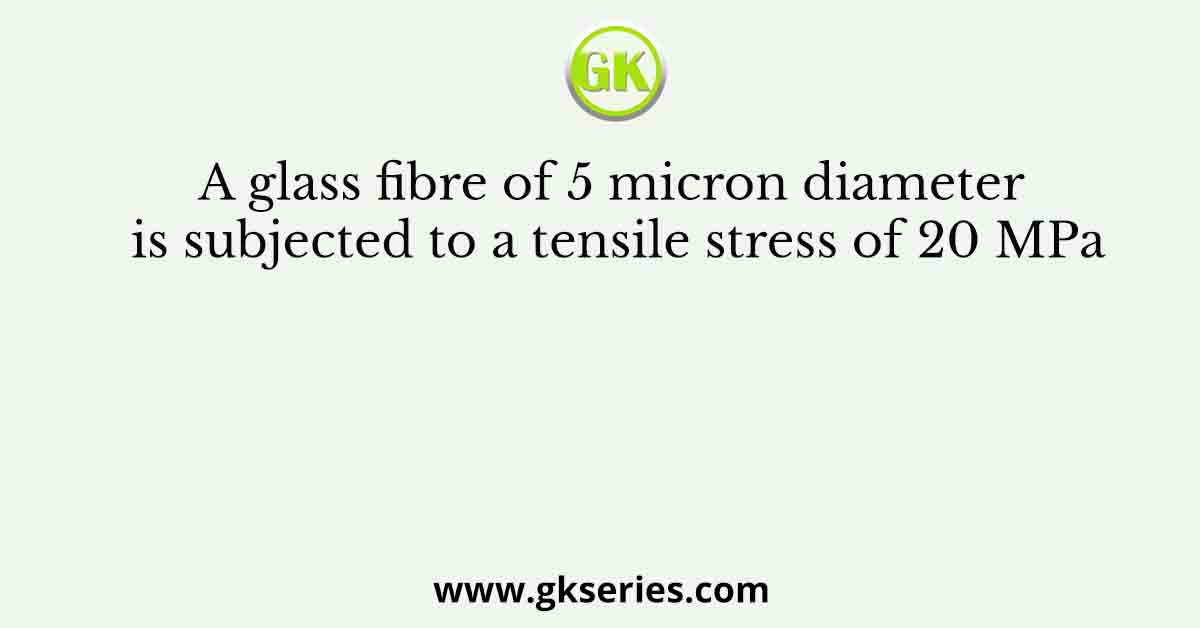
Q. A processor has 16 integer registers (R0, R1, .. , R15) and 64 floating point registers (F0, F1,… , F63). It uses a 2-byte instruction format. There are four categories of instructions: Type-1, Type-2, Type-3, and Type-4. Type-1 category consists of four instructions, each with 3 integer register operands (3Rs). Type-2 category consists of eight instructions, each with 2 floating point register operands (2Fs). Type-3 category consists of fourteen instructions, each with one integer register operand and one floating point register operand (1R+1F). Type-4 category consists of N instructions, each with a floating point register operand (1F).
The maximum value of N is ________
(A) 32
(B) 64
(C) 256
(D) 512
Ans: 32
Sol:
Given, size of instruction format is 2 byte (= 16 bits), therefore number of instruction encoding = 216
Also, total number of bits in integer operand = log2(16 integer registers) = 4
Total number of bits in floating point operand = log2(64 floating point registers) = 6
So, number of encoding consumed:
By type 1 instructions = 4×23×4 = 214
By type 2 instructions = 8×22×6 = 215
By type 3 instructions = 14×2(4+6) = 14336
Now, number of encoding left for type 4 instructions = 216 − (214 + 215 + 14336) = 2048
Therefore, total number of different instructions of type 4 instructions = 2048 /64 = 32
Please note that there is difference between number of different instructions and number of different encoding, a single instruction can have different encodings when the address part differs.
So, answer is 32.



![Determine the correctness (or otherwise) of the following Assertion [A] and the Reason [R]](https://www.gkseries.com/blog/wp-content/uploads/2023/10/Determine-the-correctness-or-otherwise-of-the-following-Assertion-A-and-the-Reason-R.jpg)
